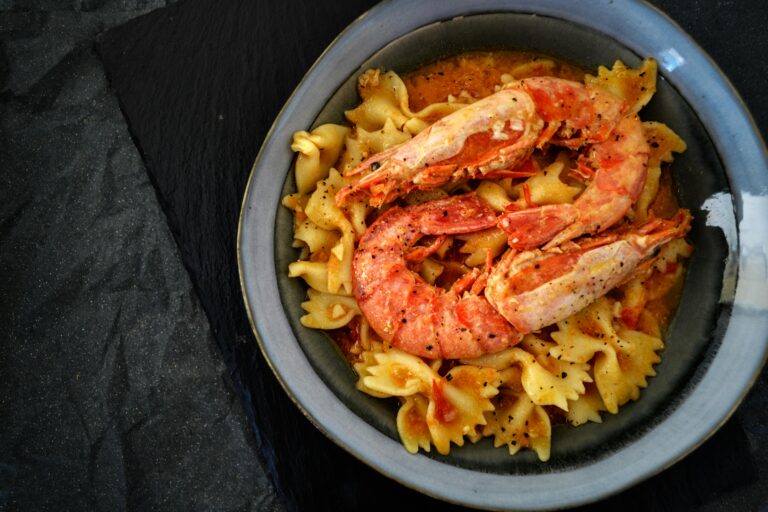
Greece may have contributed immensely to modern life and culture, but what steals the show is its brand of authentic Mediterranean cooking pioneered by the Grecian people over centuries.
Greek food only tastes best when enjoyed in its homeland, and a Greece cruise is the only way to taste the delectable cuisine while sailing your way across the country’s stunning coastline.
Each and every port of call will give cruisers the chance to steep themselves in the wonderful food culture the destination has to offer. So without much ado, lets delve into the extraordinary culinary experiences this country has to offer.
Key Features of Aegean Cuisine
The region’s climate allows extensive cultivation of artichokes, olive trees, herbs and fresh vegetables, all natural ingredients that are characteristics of quality Aegean cuisine.
Additionally, seafood is also one of the essential offerings in local meal gatherings, which goes into enhancing the festive atmosphere around the dining table.
Popular Aegean Dishes
The Aegean flavors and cuisine are known for its variety and originality which is apparent in the recipes passed down over generations.
Time-honored methods and use of local organic ingredients have gone into making the dishes described below which can satisfy even the most discerning gourmand.
Artichokes
One of the most relished vegetable dishes in the Aegean are artichokes cooked in olive oil and served when cold. Artichokes often come with side portions of yogurt, in order to enhance its taste and improve health.
Izmer Kofte
This signature Aegean dish is made by kneading minced meat with spices and baking it in an oven. The cooked meatballs are traditionally accompanied by rice and yogurt for a satisfying meal.
Kesek
Kesek is another traditional Aegean offering that is usually served during weddings or other special occasions. It is made by simmering meat and wheat together for a few hours and is typically accompanied by yogurt. Its soft texture and nourishment it provides has made Kesek a cherished meal of the region.

Fish and Seafood
Being rich in marine life of the Aegean Sea, there is no dearth of high quality and fresh seafood on the islands. Deep water species like grouper, mackerel and bass are in high demand. The catch is typically marinated with olive oil, spices and herbs and grilled to perfection. Species like octopus, calamari and shrimp are also a popular part of Aegean cooking.
Pumpkin Dessert
The pumpkin dessert is an extremely popular sweet dish which is made by cooking pumpkin with sugar and then garnishing the dish with walnuts. Made from fresh local ingredients, the pumpkin dessert is a classic example of a simple but wonderful Aegean culinary tradition.
Giaprakia
This is the most popular dish of the Kozani region which is usually served in several restaurants during the winter months leading up to Christmas. Giaprakia is made from pickled white cabbage leaves and stuffed with rice, minced pork and beef in equal proportions and plenty of berries which are called moschopipero.
The Traditional Cuisine of Hydra
The wealth of high class ingredients has played an important part in the island’s gastronomic development. For example the famous Gogles, a delicious handmade pasta, is made only with flour and water and served with melted butter. Visitors with a sweet tooth should not forget to buy almond pears and sugar baklavas.
That said, the favorite dessert of the locals is lalangites, which are pancakes dipped in honey and form a part of a traditional Greek lunch. During Easter, the local magiritsa and lamb on spit are the preferred dishes, unlike the other Aegean islands who like the famous patoudo, a goat stuffed with rice and liver and cooked in the oven.
















